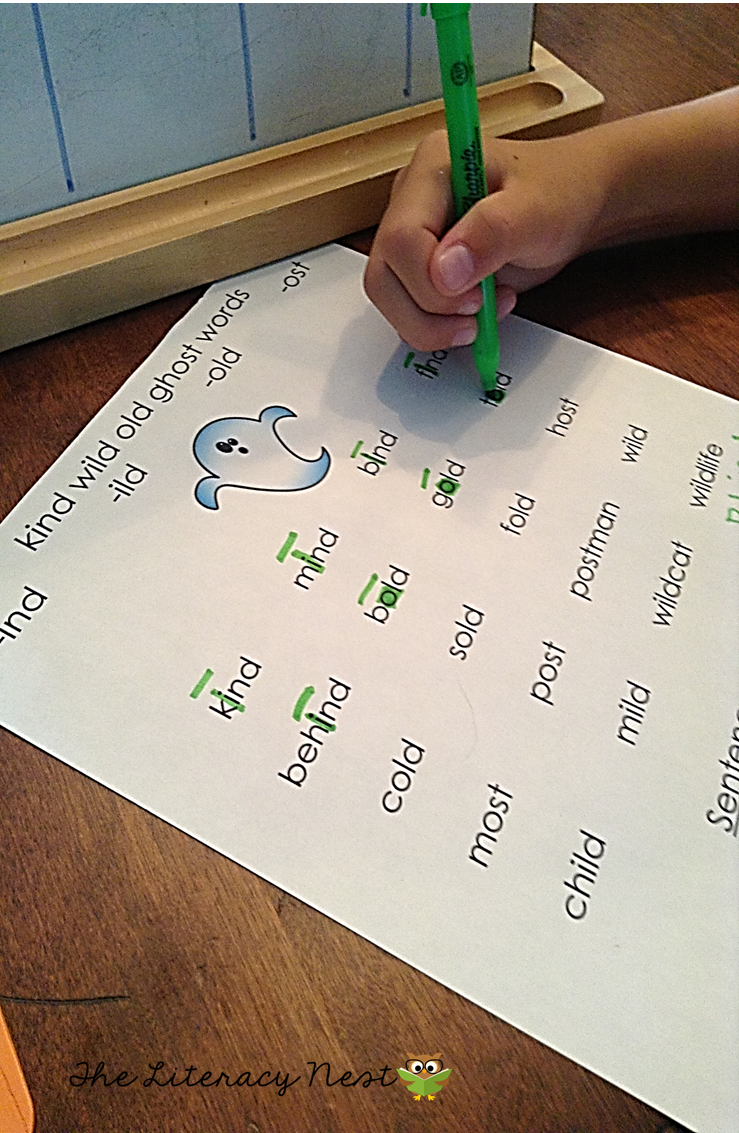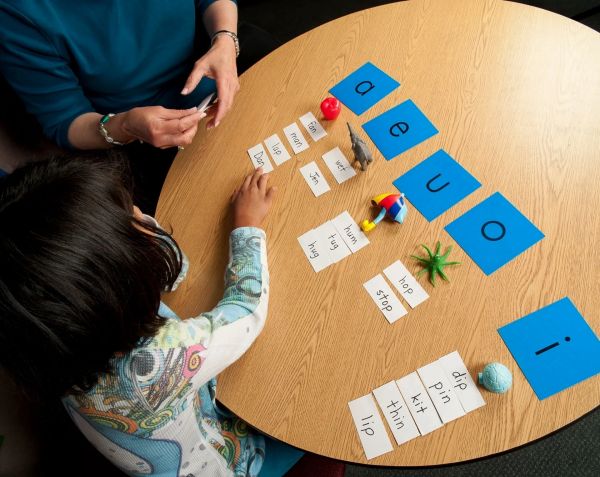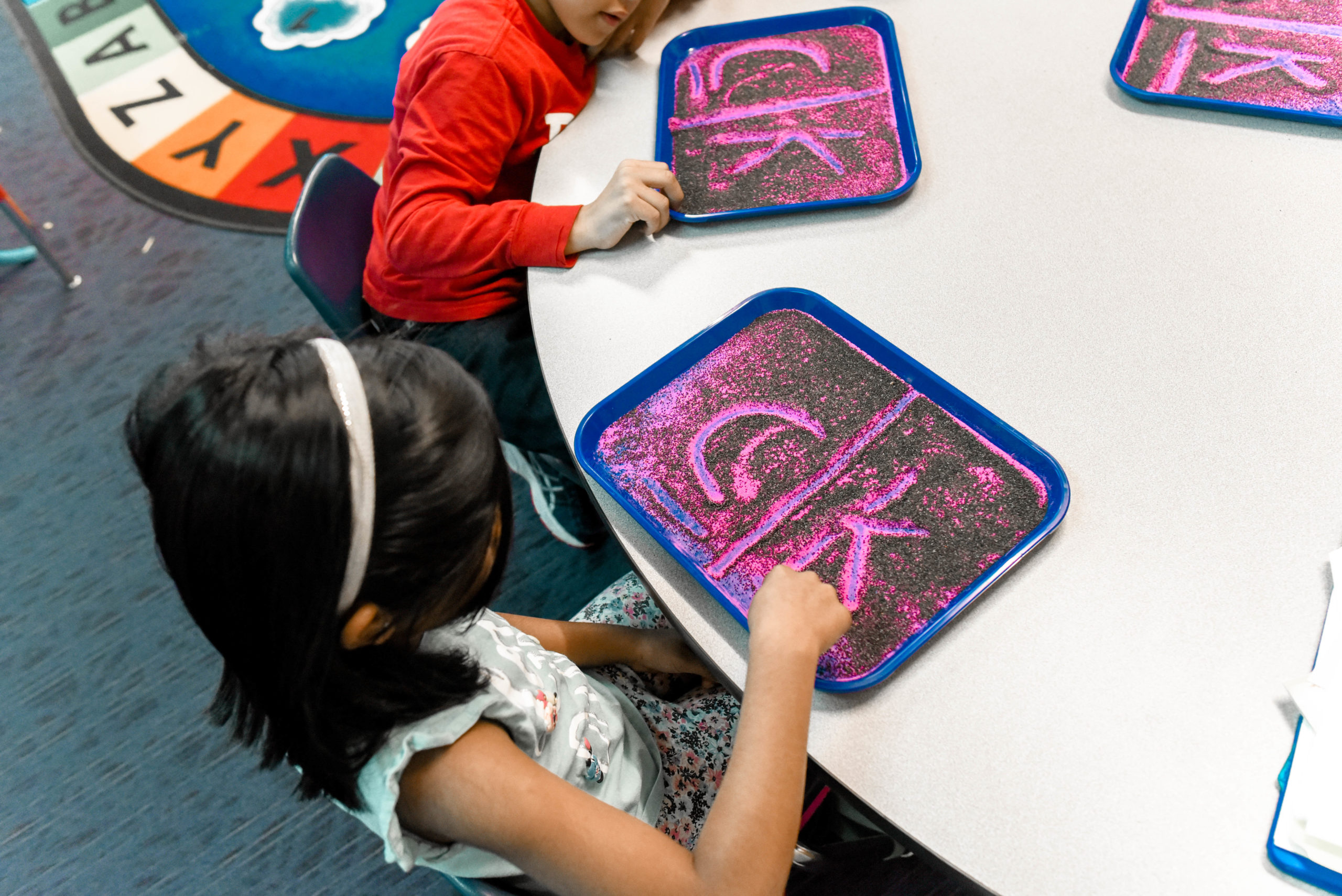INTRODUCTION
Orton-Gillingham was developed by Dr. Samuel Orton (a neuropsychiatrist) and Anna Gillingham (an educator and psychologist) in the 1930s. It’s considered the gold standard for teaching kids with dyslexia because it breaks reading and spelling into small, manageable steps, gives lots of practice, and uses all the senses to help the brain connect letters and sounds.

It’s not a single program, but rather a method or philosophy of teaching that is:✅ Explicit — everything is taught clearly and directly, with no guessing.✅ Systematic & structured — skills are taught in a specific, logical order, starting with the simplest sounds and letters and building up to more complex patterns.✅ Multisensory — students learn by seeing, hearing, saying, and doing. For example, they might trace letters in sand while saying the sound out loud.✅ Diagnostic & responsive — teachers check constantly on what students understand and adjust instruction as needed.
STRATEGIES OF ORTON-GILLINGHAM
1️⃣ Multisensory Instruction
Students learn through visual (seeing), auditory (hearing), kinesthetic (moving), and tactile (touching) activities all at once.
-
Trace letters in sand or on textured paper while saying the sound.
-
Hear the teacher say the sound, then repeat it.
-
Write the letter while saying the sound.
This strengthens the brain pathways needed for reading & spelling.
2️⃣ Direct, Explicit Teaching
No guessing. Each rule or concept is clearly taught and demonstrated by the teacher.
For example:
-
Teach that ‘ck’ comes after a short vowel in one-syllable words (like duck, pick).
-
Model it, then have students practice.
3️⃣ Sequential & Cumulative Instruction
O-G follows a carefully ordered sequence, starting with the simplest sounds & patterns, gradually building up to complex spelling and reading rules.
-
Only move forward when students have mastered the previous step.
-
Keep reviewing old material so it sticks.
4️⃣ Saying, Reading, Writing, Building
Use a typical O-G routine:
-
Look at the letter or word.
-
Say the sound out loud.
-
Write it down.
-
Build words using letter tiles.
This repetition across senses builds strong memory.
5️⃣ Syllable Types & Division
Teach the six syllable types (closed, open, silent-e, vowel team, r-controlled, consonant-le) and how to break words into syllables.
-
Ex: rab/bit, mu/sic.
This helps decode long words.
6️⃣ Red Words (Sight Words)
Some words can’t be sounded out easily (like “said” or “does”).
-
Use red cards to show these tricky words.
-
Trace & write them repeatedly to lock them into memory.
7️⃣ Error Correction & Feedback
When a student makes an error, gently stop them, have them repeat the correct sound or rule, and practice again.
-
Avoid simply telling the answer. Guide them to figure it out.
8️⃣ Daily Practice & Review
Always start lessons with review of previous concepts, then teach new material, and finish with more practice.
-
Keep flashcards, word lists, and reading passages for daily warm-ups.

TIPS FOR USING ORTON-GILLINGHAM
1. Keep it Structured & Sequential
-
Always follow a clear sequence. Start with single consonants & short vowels, then build to blends, digraphs, long vowels, and syllable types.
-
Don’t jump ahead — make sure students master one step before moving on.
Always follow a clear sequence. Start with single consonants & short vowels, then build to blends, digraphs, long vowels, and syllable types.
Don’t jump ahead — make sure students master one step before moving on.
2. Use Multisensory Methods every time
-
Have students say the sound, trace the letter, hear it, see it, and write it.
-
Try sand trays, sky writing, finger tracing on textured surfaces, or tapping out sounds on their arm.
Have students say the sound, trace the letter, hear it, see it, and write it.
Try sand trays, sky writing, finger tracing on textured surfaces, or tapping out sounds on their arm.
3. Review Constantly
-
Start each session with 5–10 minutes of review (phonograms, rules, sight words) to solidify memory.
-
Use quick drills with cards or letter tiles.
Start each session with 5–10 minutes of review (phonograms, rules, sight words) to solidify memory.
Use quick drills with cards or letter tiles.
4. Teach Explicitly & Directly
-
Don’t assume kids will “pick it up.”
-
Clearly explain each rule, model it, and give examples before students practice.
Don’t assume kids will “pick it up.”
Clearly explain each rule, model it, and give examples before students practice.
5. Correct mistakes immediately but gently
-
If they miss a sound, say: “Let’s try that again. What’s this sound?”
-
Make sure they say it correctly before moving on.
If they miss a sound, say: “Let’s try that again. What’s this sound?”
Make sure they say it correctly before moving on.
6. Keep lessons short & active
-
Many O-G lessons work best in 30–45 minute sessions.
-
Switch between reading, writing, building, and oral practice to keep kids engaged.
Many O-G lessons work best in 30–45 minute sessions.
Switch between reading, writing, building, and oral practice to keep kids engaged.
7. Be patient & celebrate effort
-
It takes lots of repetition. Celebrate small wins:
-
“You remembered the /ck/ rule! High five!”
-
“Look how neatly you wrote that.”

It takes lots of repetition. Celebrate small wins:
-
“You remembered the /ck/ rule! High five!”
-
“Look how neatly you wrote that.”

SUMMARY






No comments:
Post a Comment